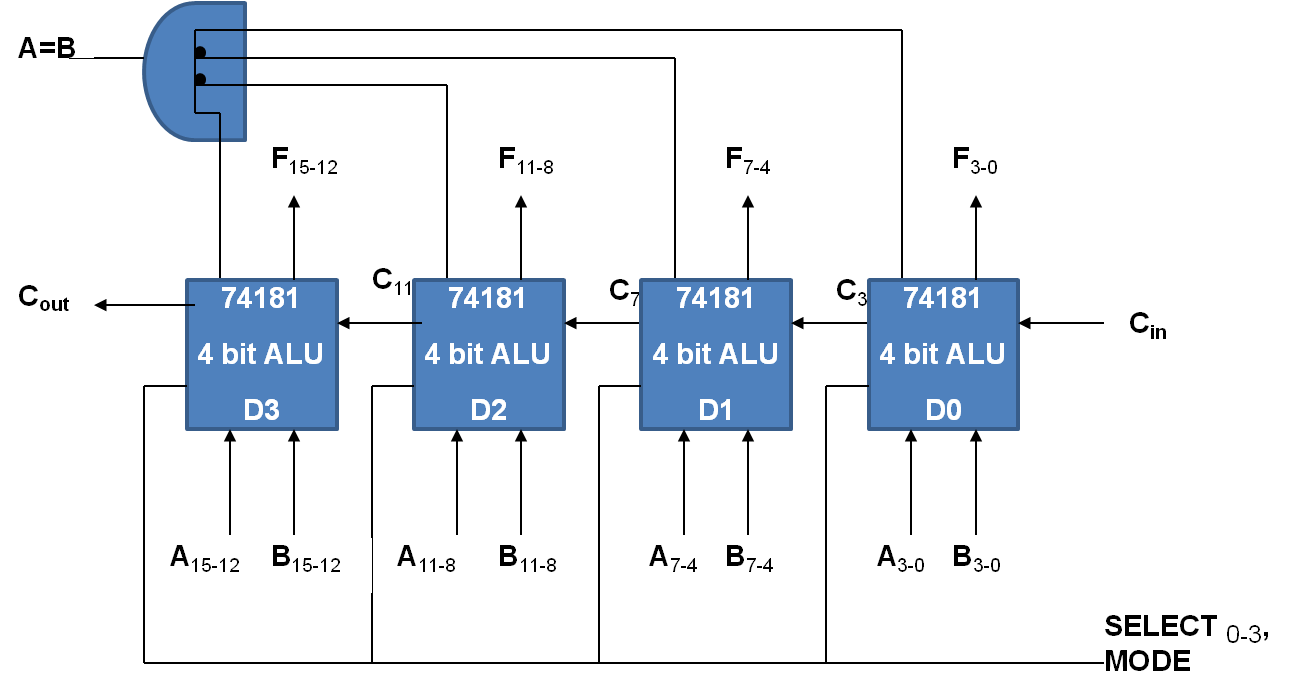
The 8-bit adder/subtractor illustrated in Fig. Notice that if input A, (used as the CONTROL input) of the XOR gate is at logic 0, then the XOR gate selects input B, but if input A is logic 1, then it selects the inverse of input B (i.e.B). How an XOR gate is used here to change the adder into a subtractor by inverting the B inputs can be seen from the truth table for an XOR gate, shown in Table 4.1.3 (in Fig. (Here + signifies addition rather than OR)Īlternatively, if addition of A and B is required, then the control input is at logic 0 and number B is fed to the adder without complementing. The logic 1 on the control input is therefore also fed to the first carry input of the adder to be included in the addition, which for subtraction is therefore: with its value represented by the lower 7 bits (bit 0 to bit 6) and the sign represented by the most significant bit (bit 7). The result of this will be an 8-bit number in twos complement format, i.e. Twos complement subtraction in an 8-bit adder/subtractor requires that the 8-bit number at input B is complemented (inverted) and has 1 added to it, before being added to the 8-bit number at input A.
4 bit arithmetic circuit full#
When subtraction is required, the control input is set to logic 1, which causes the bit at any particular B input to be complemented by an XOR gate before being fed to input B of the full adder circuit. 4.1.3 but subtracts using the twos complement method described in Digital Electronics Module 1.5 (Ones and Twos Complement). This circuit adds in the same way as the adder in Fig. This is an 8-bit parallel adder/subtractor. A further development of the parallel adder is shown in Fig.4.1.4. To carry out arithmetic however, it is also necessary to be able to subtract.

As parallel adder circuits would look quite complex if drawn showing all the individual gates, it is common to replace the full adder schematic diagram with a simplified block diagram version.įig 4.1.3 illustrates how a number of full adders can be combined to make a parallel adder, also called a ‘Ripple Carry Adder’ because of the way that any carry appearing at the carry in input (C IN) or produced when adding any of the 4-bit inputs, ‘ripples’ along the adder stages until a final carry out appears at the carry out output (C OUT) of the final full adder for bit A 3+B 3. Parallel adders can be built in several forms to add multi−bit binary numbers, each bit of the parallel adder using a single full adder circuit.

Even the full adder is only adding two single bit binary numbers, but full adders may be combined to form parallel adders, which will add two multi−bit numbers.


 0 kommentar(er)
0 kommentar(er)
